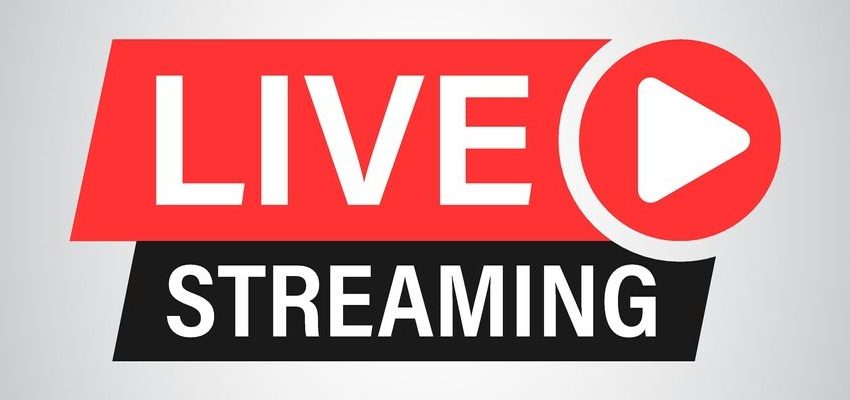
In the evolving landscape of live music, the ability to stream concerts effectively has become essential. A reliable Concert Live Stream Platform can help artists and promoters reach wider audiences and enhance viewer engagement. However, with so many options available, deciding on the best platform can be overwhelming. This article will guide you through the key factors to consider when selecting a live stream platform for your concerts.
1. Define Your Streaming Needs
Before exploring platforms, it’s crucial to define your specific needs. Consider the following questions:
a. What Type of Concert Are You Streaming?
Is it a solo performance, a band, or a large festival? Different events have different requirements. Larger events may need multi-camera support, while smaller shows might not.
b. Who Is Your Target Audience?
Understanding your audience will help tailor your platform choice to their preferences. Are they tech-savvy and likely to engage with interactive features, or do they prefer a straightforward viewing experience?
c. What Is Your Budget?
Determine how much you are willing to invest in streaming. Some platforms offer free services, while others come with subscription fees or pay-per-use models.
2. Key Features to Look For
When evaluating a Concert Live Stream Platform, consider the following essential features:
a. Video Quality
High-definition video is critical for a great viewing experience. Look for platforms that offer at least 1080p streaming, and consider those that support 4K.
b. Audio Quality
Clear audio is as important as video quality. Choose platforms that support multiple audio inputs and deliver high-quality sound to enhance the performance experience.
c. Audience Interaction
Engagement features like live chat, polls, and social media integration can significantly enhance the viewer experience. A platform that facilitates interaction helps build a sense of community among viewers.
d. Multi-Camera Support
For a dynamic viewing experience, consider platforms that allow multi-camera setups. This feature is particularly beneficial for larger concerts where different angles can enhance the performance.
e. Monetization Options
If generating revenue is a goal, look for platforms that offer built-in monetization features, such as ticket sales, donations, or merchandise sales.
f. Analytics and Reporting
Understanding viewer behavior is crucial for future planning. Choose a platform that provides robust analytics, helping you gauge engagement levels and audience demographics.
3. Popular Concert Live Stream Platforms
Here are some popular platforms to consider when choosing a Concert Live Stream Platform:
a. YouTube Live
Pros:
- Large user base, making it easy to reach a wider audience.
- Free to use with monetization options.
- Interactive features like live chat enhance engagement.
Cons:
- Can be crowded with other content, making it hard to stand out.
- May not offer the best audio quality for music performances.
b. Facebook Live
Pros:
- Easy to use and widely accessible.
- Integrated with social media for quick sharing.
- Audience reactions can boost engagement.
Cons:
- Limited analytics compared to specialized streaming platforms.
- Potential distractions from other posts on the platform.
c. Twitch
Pros:
- Excellent for building a community through interactive features.
- Strong monetization options via subscriptions and donations.
- High-quality streaming capabilities.
Cons:
- Primarily known for gaming, so music events may not attract as much attention.
- May require a learning curve for those unfamiliar with the platform.
d. Concert Cloud
Pros:
- All-in-one solution specifically designed for concerts.
- Offers 24/7 cloud-based streaming with smart ticketing and VIP access.
- Real-time fan interaction features and analytics are powered by AI.
Cons:
- As a newer platform, it may not yet have as extensive a user base as more established options.
- Pricing may vary based on features selected, which could be a consideration for budget-conscious users.
e. Veeps
Pros:
- Designed specifically for musicians and live events.
- Built-in ticketing and merchandise sales.
- High-quality video and audio capabilities.
Cons:
- Subscription fees can be higher than those of other platforms.
- May not have the same audience reach as larger platforms.
f. Dacast
Pros:
- Customizable solutions for branding.
- Robust analytics and monetization options.
- Supports multi-camera streaming.
Cons:
- Higher price point compared to some competitors.
- May require more technical expertise to set up.
4. Technical Considerations
In addition to features and costs, pay attention to the technical aspects of each platform:
a. Internet Connection
A stable and fast internet connection is vital for smooth streaming. Ensure that your chosen platform’s requirements align with your available bandwidth.
b. Compatibility with Equipment
Ensure that the platform is compatible with your existing equipment, including cameras, microphones, and streaming encoders. Some platforms may require specific hardware for optimal performance.
c. User Experience
The platform should be easy to navigate for both you and your audience. A complicated interface can lead to frustrations and deter viewers. Test the platform ahead of time to become familiar with its features.
5. Testing Before Going Live
Conduct thorough tests before your event to ensure everything works smoothly:
a. Test Streams
Run several test streams to check video and audio quality. Invite a small group of friends or colleagues to provide feedback on the experience.
b. Monitor Interactions
During test streams, pay attention to audience interaction features. Ensure chat functions, polls, and other engagement tools work as intended.
c. Prepare for Contingencies
Technical issues can arise unexpectedly. Have a backup plan in place, including alternative internet connections or additional equipment, to minimize disruptions.
6. Post-Event Analysis
After your concert, take time to analyze the performance of your live stream:
a. Review Analytics
Use the platform’s analytics tools to assess viewer engagement, peak viewing times, and demographic data. This information will be invaluable for planning future events.
b. Gather Feedback
Solicit feedback from your viewers to understand what they liked and what could be improved. This input will help enhance future live streaming experiences.
c. Adjust Strategies
Based on your analysis and feedback, adjust your strategies for future concerts. Continuous improvement will enhance your ability to maximize the effectiveness of your chosen Concert Live Stream Platform.
Conclusion
Choosing the best Concert Live Stream Platform is crucial for ensuring a successful live streaming experience. By understanding your needs, evaluating key features, and considering technical aspects, you can make an informed decision that enhances your concert’s reach and engagement. With the right platform, your audience can enjoy an unforgettable live music experience from anywhere in the world.















